With the COVID-19 pandemic being the hot topic for the past one year, it’s easy to overlook the importance of other public health threats such as tuberculosis (TB). TB has set foot on Malaysia for more than a few decades, yet like many other countries, we can’t seem to shake it off.
What’s TB, really?
TB is an infectious disease caused by bacteria called Mycobacterium tuberculosis and it most often affects the lungs.
"Mycobacterium tuberculosis Bacteria" by NIAID is licensed under CC BY 2.0
TB is spread through the air when people with lung TB cough, sneeze or spit. A person needs to inhale only a few germs to become infected. Common symptoms of TB disease include:
-
Prolonged cough
-
Chest pain
-
Weakness or fatigue
-
Weight loss
-
Fever
-
Night sweats
These symptoms are not specific to TB only. If you experience them, do consult a doctor for further examination. Your doctor may also take your sputum for further testing to confirm if you have TB.
However, it’s important to know that people with TB infection do not necessarily show symptoms of TB. The TB bacteria can lie inactive in the person’s body and only start to develop into symptoms when the person’s immune system weakens.
Although much rarer, TB can affect parts of the body other than the lungs, such as lymph node, pleural (the space between the lung tissue and the lining of the lung) and meninges (the coverings of brain and spinal cord).
How is TB being treated?
TB can become a debilitating disease, but fortunately it’s curable. It is treated by a standard 6 month course of multiple antibiotics. The World Health Organization (WHO) recommends that a newly diagnosed TB patient be treated with 4 antibiotics in the first 2 months of the treatment, which include isoniazid, rifampicin, ethambutol and pyrazinamide; followed by 2 antibiotics (isoniazid and rifampicin) in the remaining 4 months.
But taking 4 antibiotics everyday can be troublesome for some people, which may ultimately lead to poor adherence to treatment. As such, the 4 antibiotics were combined into one large, orange-colored pill, commonly known by its brand name AKuriT-4®. Such fixed-dose medication brings convenience to TB patients, thus encouraging them to stay on track for their TB treatment.
Image credit: Jabatan Farmasi Hospital Kuala Lipis
The appropriate dosing of AKuriT-4® is based upon the patient’s body weight, which is recommended as the following:
-
30 - 37 kg body weight: 2 tablets daily
-
38 - 54 kg body weight: 3 tablets daily
-
55 - 70 kg body weight: 4 tablets daily
-
More than 70 kg body weight: 5 tablets daily
Besides the antibiotic pills, TB patients are usually prescribed T. Pyridoxine 10mg. Pyridoxine is essentially vitamin B6. The reason it was prescribed to TB patients is to prevent the damage of the nervous system as a result of vitamin B6- deficiency, which is caused by one of the side effects of isoniazid.
If you have just started taking any TB medication, here are some important reminders:
-
Your body fluids (urine, tears or even sweats) might turn orange. This is one of the side effects of rifampicin. However, such change in color would not harm your health and you should not be too concerned about it. The orange color may stain your clothes or your contact lens if you’re wearing one.
-
If you’re taking birth control pills, rifampicin may reduce its effectiveness. Therefore, if you wish to prevent pregnancy during your TB treatment, encourage your partner to wear a condom during sexual intercourse.
-
Every TB patient is given a TB book that records down their daily medication intake. Let a healthcare professional or your household member sign in your TB book everyday after they witnessed you swallow the pill. Such supervision provides support to TB patients and encourages them to strictly adhere to their treatment.
Overall, TB treatments are safe and effective if taken properly, and patients rarely suffer serious side effects from the treatment. Nevertheless, if you experience any of the following:
-
Persistent nausea and vomiting
-
Blurry vision
-
Hearing problems
-
Persistent dizziness
-
Skin rashes
-
Yellowing of skin (jaundice)
Consult your doctor immediately.
Why is TB a concern in today’s age?
In 1990, the notification rate of TB in Malaysia was 61 cases per 100,000 populations and 79 cases per 100,000 populations in 2015. The mortality rate in 1990 was 4.2 cases per 100,000 populations and 5.5 cases per 100,000 populations in 2015. Hence, it’s suffice to say that both TB cases and its death rates have increased over the decades.
With the fast-paced development of modern medicine, one might think defeating TB should not be difficult. However, why is TB still a growing public health issue?
Well, one of the primary reasons is due to growing antimicrobial resistance with TB. Drug-resistant TB does not respond to the treatment we mentioned earlier. It usually requires other types of medications, and is difficult to treat. If you’re a TB patient, the best thing you can do to prevent your TB from becoming a drug-resistant TB is to strictly adhere to your TB treatment.
A word from Doc2Us
If you have any questions related to TB, you can consult our professional doctors and healthcare professionals on Doc2Us. Doc2Us is a mobile application that allows you to talk to a doctor or any healthcare professionals via text chat at any time and from anywhere. For better communication, you can even send our online doctor images or voice messages related to your medical inquiry.
Download Doc2Us app on Apple App Store, Google Play Store and Huawei App Gallery; or use our web chat at https://web.doc2us.com/
Note: Doc2Us is not for medical emergencies. In the event of urgent medical conditions, please call 999.
Disclaimer: As a service to our users and general public, Doc2Us provides health education contents. Please note the date of last review or update on all articles. No content on this site, regardless of date, should ever be used as a substitute for direct medical advice from your doctor or other qualified clinician.
Reference
Cover image credit: "Mycobacterium tuberculosis Bacteria" by NIAID is licensed under CC BY 2.0








